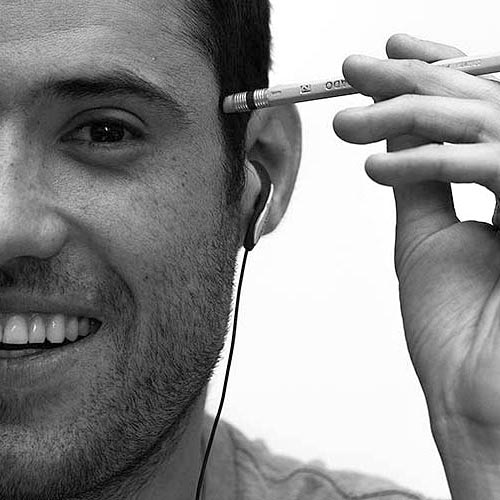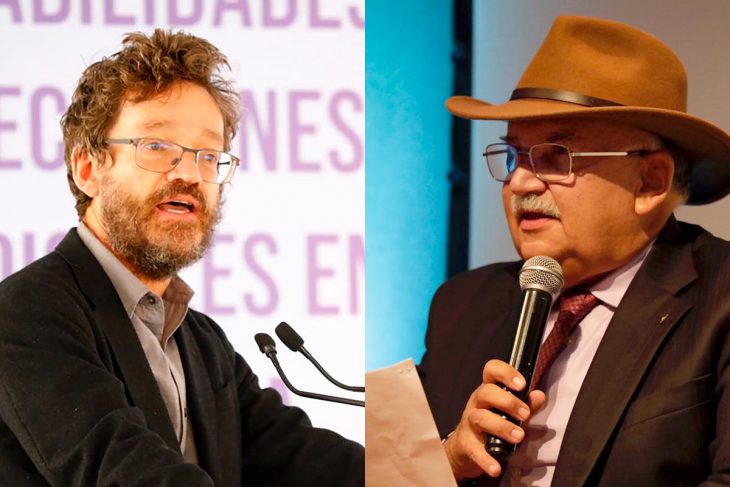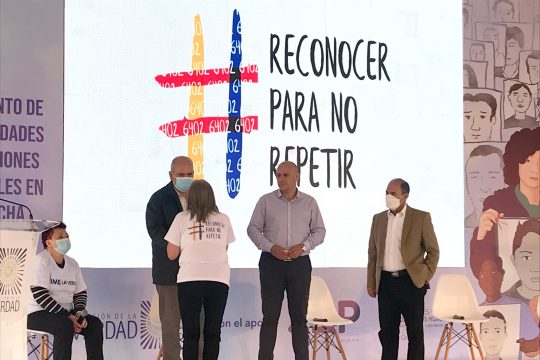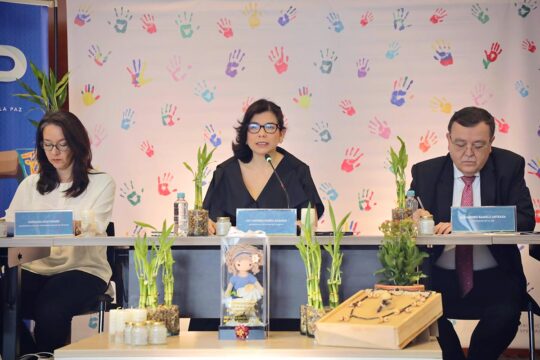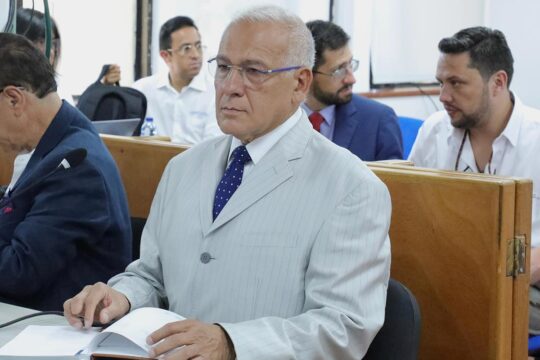“Majorities have imposed a narrative that has decided to privilege a totalizing and univocal tone, constricting differences, the multi-causality of the conflict, its actors and impacts and the plurality of testimonies,” commissioner Carlos Ospina wrote in a private letter to Father Francisco de Roux, who presides Colombia’s Truth and Reconciliation Commission (TRC), an entity in charge of clarifying what happened throughout 52 years of armed conflict in the country. Ospina, a retired major, resigned on May 2, just two months before the unveiling of the final report of the Commission where he worked for three and a half years.
His departure got a cold reaction from the TRC. “Our substantive response to the demands for truth (...) will be the final report,” it replied in a terse statement. It also deleted Ospina's profile from its website. In various spaces, both private and public, Father de Roux has underscored that they’ve heard all the voices of Colombian society and are now seeking the greatest possible fairness and plurality as they identify the historical, political and ethical responsibilities during conflict, in his words "not to divide, but to build together".
The TRC’s final report should be published on June 28, a week after the second round of the election that will choose President Iván Duque's successor.
“Narrow truth on the guerrillas”
Major Ospina left with a public slam, with interviews in two media outlets whose coverage of the transitional justice system resulting from the 2016 peace agreement has been openly critical. In them, the military officer emphasized two messages: that the state will appear in the report as the main responsible for the armed conflict and that many truths about the role of the Revolutionary Armed Forces of Colombia (FARC) will be missing.
"The greatest responsibility that the report will present concerns the state, its institutions, the public forces and businessmen. Very little will be seen on other actors in the conflict, on the guerrillas," he said. This means, in his opinion, that it will not be "a complete truth", but a "narrow" one.
His resignation came in the midst of the presidential election, but for more than a year, his tensions with the other 10 commissioners – who make decisions collegially using a system of votes and dissents similar to that of high court justices – with whom he rarely agreed, had been public. In addition, the major - who spent 21 years in the army and was part of an association of military victims - had decided not to write any of the 10 chapters of the report, opting instead to give 11 documents of his own, to be built-in the report.
In these texts, as described to us by three people who have read them and found his questions valid but his research poor, Ospina develops some of his theories that he feels the Commission did not take seriously. On one hand, the combination of all forms of struggle by Marxist guerrillas such as the FARC, who used legal and illegal methods simultaneously in their attempt to seize power. On the other hand, he was interested in alleged interference in Colombia since the 1920s from leftist powers such as the Soviet Union, China, Cuba and even Enver Hoxha's Albania, whose influences, according to him, are fundamental to understand the guerrillas’ actions.
A military at the table
Although Ospina had less investigative experience than his colleagues, his presence on the TRC was symbolic. It was part of a decade-long conscious effort by the Colombian state to include respected military and police leaders in peace negotiations and, more recently, in the transition. That had been a lesson from previous failed peace talks: the military must be made participants in any negotiated solution so that they do not become obstacles.
In the talks with FARC that led to the peace deal, two of the six original government negotiators were retired generals: Jorge Enrique Mora had been commander of the Armed Forces and Óscar Naranjo, director of the National Police. President Juan Manuel Santos included two other generals, Fredy Padilla and Eduardo Herrera Berbel, in failed talks with the still active ELN guerrilla. This model was emulated in the transitional justice system, where Ospina was elected to the TRC and Camilo Suárez, who came from the military criminal justice system, as a special peace tribunal magistrate.
Although six persons who work in the TRC or have closely followed its work agree that Ospina's departure was inevitable, several fear that it could end up tarnishing two years of outreach efforts with the military and police, which had some success in achieving dialogue spaces with members of the security forces – and at least much more than with other sceptical sectors such as businessmen. In total, since 2019, the Commission conducted 14,360 interviews with 27,931 people, 145 of which were with members of the security forces, according to the institution. During that period, it received 158 reports from military institutions, retired military personnel and victims' organizations.
That trust-building had been achieved, as Justice Info recounted, after a year-long process that included private conversations facilitated by the TRC with militaries who played an active role in transitions in Chile, Nigeria and The Gambia. "Even 5 percent [of military members who committed crimes], as you say, will stop you from participating?" General Javier Urbina, a former member of Chile's Truth Commission, told his Colombian colleagues.
Following Ospina's departure, questions from the military and police have resurfaced as to whether their voices will be incorporated into the report. “The intention to listen to victims of the security forces sought more a validation than a real exercise of truth-seeking," 50 associations of veterans said in a letter last Thursday.
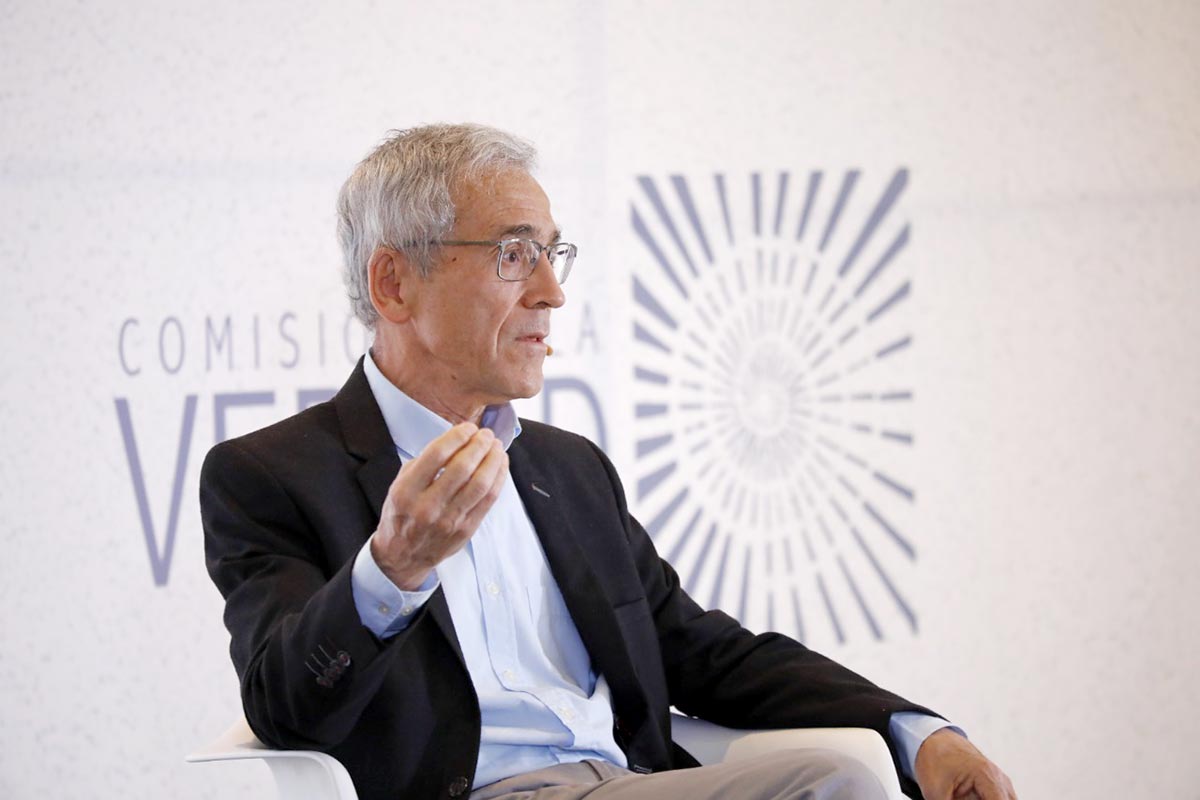
A new round with Uribe
A second episode reinforced that fear. A week ago, on May 10, in the middle of the TRC’s public hearing on false positives in Soacha, which Justice Info narrated this Monday, Commissioner Alejandro Valencia said that these extrajudicial executions were "war crimes and crimes against humanity committed as part of a government policy."
His words caused several simultaneous earthquakes. Former president Alvaro Uribe, whose term in office coincided with the peak of these homicides as well as their decline after 2008, announced criminal proceedings against the commissioner for what he called "slanderous statements against the government I presided over" and cited Major Ospina's resignation as proof of the TRC’s left-wing bias, in a new chapter of his stormy relationship with a Commission he had welcomed into his home a year ago for a controversial interview.
Uribe accused Valencia of politically favouring opposition candidate Gustavo Petro, in the midst of an election in which the former president's party carries the burden of an unpopular government. Although the nine-month extension granted by the Constitutional Court to the TRC last year sought to prevent it from becoming an electoral punching bag, the episode undermined that promise.
Disclosing findings ahead of the report
But perhaps what caused the most outrage was that Valencia presented his explosive speech, without consulting the other commissioners, as a preview of the final product. Justice Info learned that for some of the commissioners, he had breached the spirit of their internal agreement on waiting until after elections to address sensitive issues.
Another commissioner, feminist lawyer Alejandra Miller, came to Valencia's defense, saying that his speech was "the result of a rigorous process of investigation by the TRC”. Although, to date the Commission has not presented its findings on these to the Colombian people.
Not even the Special Jurisdiction for Peace (JEP), the judicial arm of transitional justice that has a macro-case focusing on these crimes and that established the universe of 6,402 victims between 2002 and 2008, has gone that far.
In its first two indictments, it accused 25 military officers with regional command of war crimes and crimes against humanity, for being part of “criminal organizations embedded within military units”. But the tribunal - which deals with criminal and individual responsibilities, as opposed to the Commission which deals with collective ones - has been very careful with the terms it uses to describe the criminal phenomenon. In their decisions, justices speak of "a body count policy" and "an explicit incentives policy," but never of state or government policies.
Society expectations
Another concern rises: what will the final report say about crimes committed by the FARC?
The Commission was created as a result of the peace deal with that guerrilla group and one of its effects is that its former commanders and rank-and-file members have come forward to speak up, as have thousands of its victims. In Colombia's innovative transitional justice model, the FARC will only receive more lenient sanctions in the JEP if they meet three conditions: owning up to their responsibility, redressing their victims and telling the truth.
The tribunal has made significant progress in one of its two cases against FARC, establishing that 21,396 people were kidnapped by the guerrillas over two decades and charging seven of its former leaders with war crimes and crimes against humanity. After accepting the charges in writing, they will do so in public and facing their victims next week in Bogota.
Hence, an important part of Colombian society expects the truth about crimes committed by the guerrilla to carry weight in the TRC’s report.
One of the already TRC’s most remarkable achievements, the museum exhibition 'Traces of Disappearance', makes forensic reconstructions of three episodes of the armed conflict through models, maps and 3D videos. The exhibition revolves around the army's violent retaking of the Palace of Justice in downtown Bogota in 1985, following a takeover by the former M-19 guerrillas that turned all of its occupants into hostages. In the state’s disproportionate response, the military were responsible for the murder and forced disappearance of dozens of persons, including several supreme court justices. Alongside that episode, the exhibition - led by commissioner Valencia - documents paramilitary-led land dispossession in the banana-growing Gulf of Urabá and, more tangentially, how armed actors, including FARC, turned the Amazonian territory of the Nukak into a theatre of war.
“Although it was very well conceived, nothing similar was thought concerning FARC and that raises questions”, one person who has worked with the TRC told Justice Info. In his view, the exhibition would have been more robust if it had also included an episode of clear FARC responsibility, such as the 1998 takeover of the city of Mitú or the 2003 car bomb at Bogotá’s El Nogal club.
A report in its labyrinth
Although these episodes have raised alarms in the TRC, the answers will only be seen when the final report is unveiled.
According to three people with first-hand knowledge, each of the ten chapters of the report is between 400 and 600 pages, with some surpassing 1,000. That means that the entire report will easily exceed 5,000 pages. Aware of the length of the document, a few weeks ago the commissioners agreed that there will be an additional chapter called 'Findings and recommendations', which will focus on a dozen significant highlights of the conflict, and paired up with the TRC's suggestions to Colombian society on how not to repeat a humanitarian tragedy that has already left 9.2 million victims. This is the text that they hope most citizens will read, although they will have to reach a consensus on it word by word.
That will be a Herculean task, in a group of commissioners diverse in backgrounds and perspectives, in which two competing narratives coexist. As one person who has followed their work says, "there is one side that believes that the report should be nuanced and capable of providing a truth with reconciliatory potential, while another feels that their task is a report of resounding and shocking truths that will hopefully shake the foundations of the country and bring about change".
"Voices of alarm have come from many quarters and that has hit home. The risk [of blind spots] is there, but so is the concern [of correcting them]," says a person who has interacted with the TRC in recent months, stressing that several commissioners have been calling for the importance of seeking greater comprehensiveness and balance. In a little more than a month Colombians will know if these warnings have been heeded.

